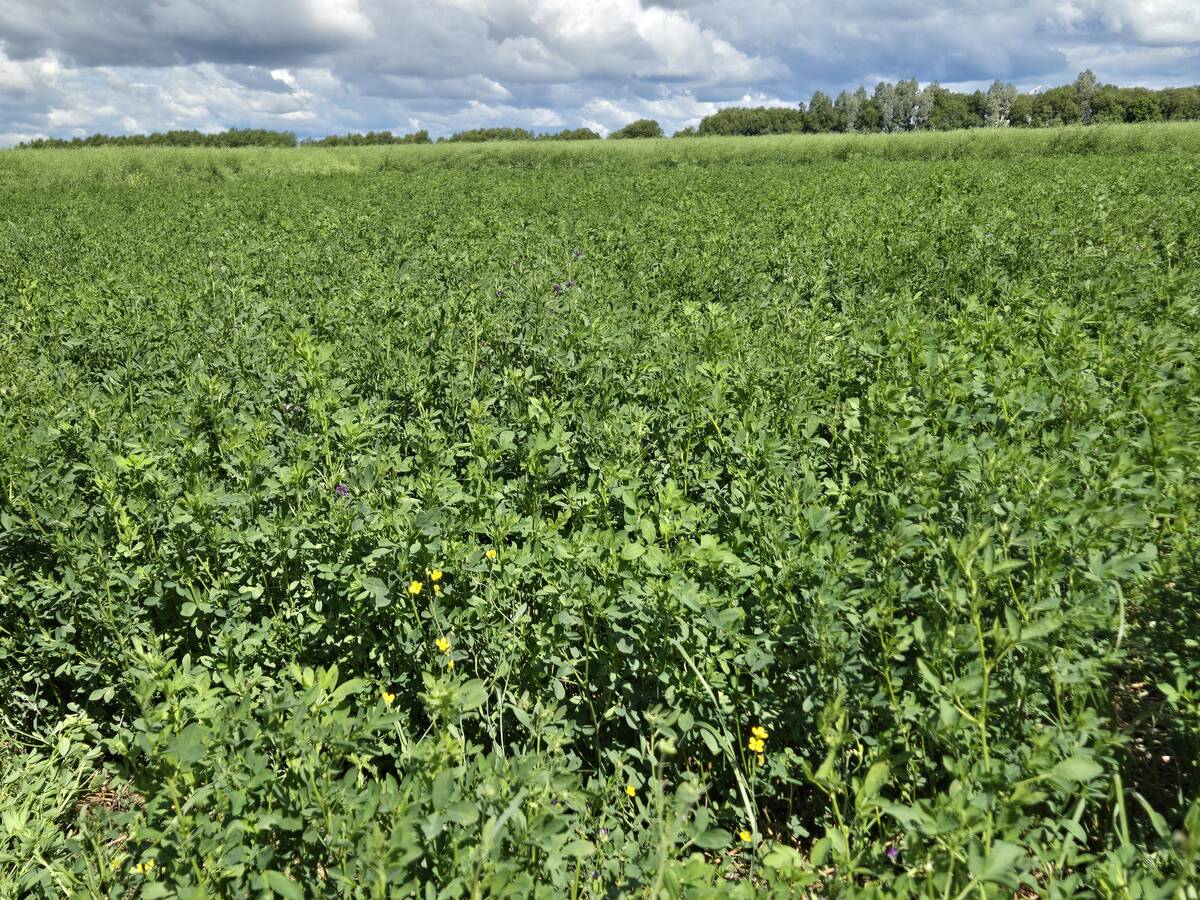The forecast called for thunder showers for the May long weekend.
But some farmers around Steinbach, Man., still have long faces after a spring storm dumped some hail and up to 20 centimetres of water on their newly seeded crops.
Overland flooding that turned fields into rivers and plowed huge gullies through topsoil is making some farmers question drainage in the area.
Even farmers in the driest parts of Western Canada wouldn’t want the moisture that came down in southeastern Manitoba, said a provincial government agricultural representative.
Read Also

Manitoba Parkland research station grapples with dry year
Drought conditions in northwestern Manitoba have forced researchers at the Parkland Crop Diversification Foundation to terminate some projects and reseed others.
“Nobody wants that much. Never wish for that amount,” said John McGregor. “There’s no drainage system going that can really take that kind of pressure.”
Several days after the rain, water had disappeared from most fields in the area, said McGregor.
But potholes and fields near swampy land may have to be reseeded or farmers will have to accept lower yields, he said.
Crops not yet emerged may have trouble breaking through crusted soil, depending on the heat and moisture.
Michael Andres had seeded almost all his cereal crops before rain started falling on May 14.
Now, a corn field has a gully spreading across 16 rows. One hay field still had water up to the mid-calf by May 20.
“Any alfalfa that’s there, it looks like it’s pretty much drowned out,” said Andres, adding he’d have to wait at least another week to get back on most of his land.
Ed Oswald spent part of the weekend helping dike some neighbors’ houses as water swept across his farmland. But he said he wasn’t surprised. It’s something he has been anticipating since large intensive livestock operations changed the landscape southeast of Steinbach.
Roads and drainage have come along with the barns, cutting through a gravel ridge that used to hold back water, said Oswald.
There is about 120 metres difference in elevation between the developed land and the cropland, located down hill and down stream.
“When that water comes, it comes at an awful force or speed,” said Oswald. “That’s why it’s so destructive.”
He watched as a field of peas, dry at 8 a.m., became covered in only an hour. Roads around the area were washed out.
“It’s something I’ve never experienced and I’ve lived here for some 50-odd years,” he said.
Oswald, like most farmers in the area, doesn’t hold crop insurance. It’s too expensive for the benefits it provides, he said.
He hopes local municipalities will look at long-term drainage planning to prevent more overland flooding in the future.
Otherwise, people will start taking things into their own hands next time, he said, like cutting roads and sending water further downhill.
“We won’t sit here and be flooded,” he said.
















